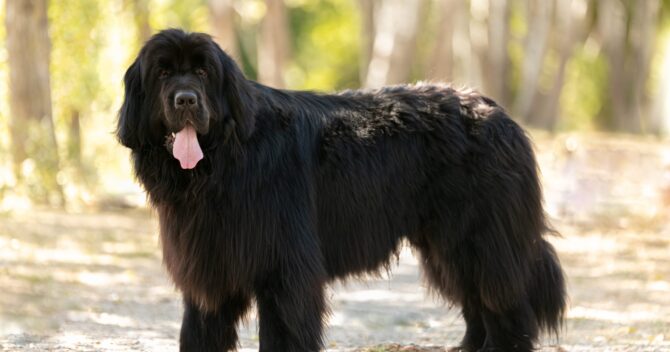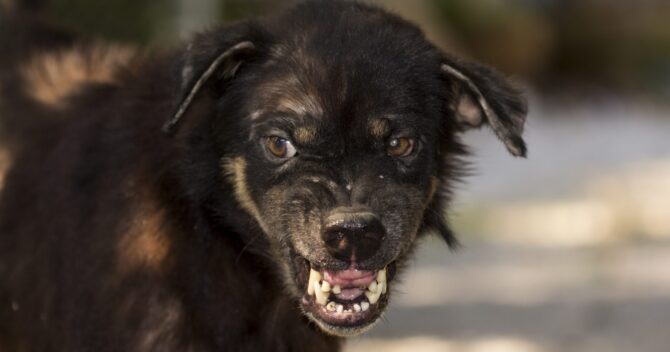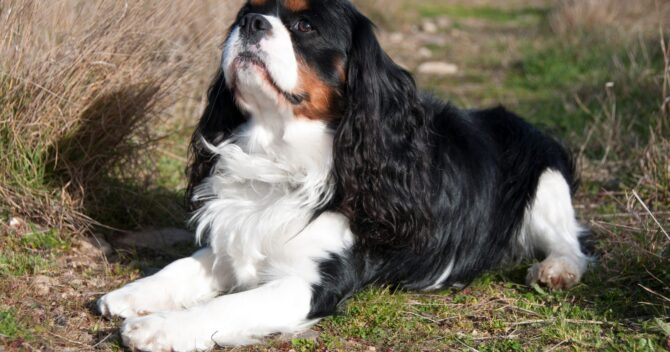Newfoundland - appearance
Newfoundlands, Also known as Hydrotherds or Newfoundland Sheepdogs, belong according to classification to the group of 2 - pinscher, schnauzer, molossian and Swiss cattle dogs, belong to the mountain-type molossian section. They are dogs with an impressive posture, massive body build, strong and muscular torso. Despite this they do not seem sluggish. Females of this breed reach 66 cm of height at the withers, while males even 72 cm. Dog weighs up to 70 kg, female dogs weigh up to about 58 kg. Newfoundland fur is waterproof. Hydro walkers have a medium-length straight hair and a very dense undercoat. They are usually associated with a black, deeply saturated color, although we can also meet individuals with black and white or brown hair.
The nature of the Newfoundland
Newfoundland is above all a calm, patient, and free from aggression dog. It is distinguished by a gentle, balanced character. He is caring, obedient and devoted. He is very attached to the household members and requires close contact with people. He is full of joy in life, hearty, cheerful, loves to play. All these features make it the perfect companion for the whole family (also for small children). Although he can easily endure the absence of family members for several hours, prolonged isolation has a negative effect on his psyche. Unhappy, lonely, he becomes depressed and unbearable to his surroundings.
Suggested sizes and widths of accessories for this breed of dog:
Here are the suggested sizes for adult dogs of this breed. They were selected on the basis of many years of experience in sewing accessories and the most common choices of other dog owners of this breed. Remember, only measuring will give you 100% certainty - every dog is different.
Newfoundland can adapt to a variety of living conditions, although it feels best at home with a garden. No matter how much space he will have around the house, he needs daily walksespecially on the banks of a pond, lake, river or sea.
The friendly nature of the Newfoundlander means that he does not find himself in the role of a watchman, although in situations of danger he does not hesitate to protect his relatives. Thanks to its extraordinary intelligence, obedience and courage, it is perfect as rescue dog.
Newfoundland and training and upbringing
The Newfoundland is extremely intelligent, disciplined, eagerly learning and cooperating with the tutor, He remembers commands easily, unfortunately he gets bored quickly. The training must therefore be varied, and the tutor should show consistency, patience, creativity, and a fair and gentle approach. It's good to start learning with a small puppy, preferably from playing in the water. During training, regular breaks should be planned, during which your pet will rest and quench his thirst.
Health
The Newfoundland is a strong and hardy breed, though like that in the case of all rapidly growing breeds, it is worth paying special attention to its behavior in the first months of life. During the growing season, remember not to overstrain your pet and not to overfeed it.
The most common diseases include:
- hip, elbow and knee dysplasia,
- gastric torsion and dilation,
- myasthenia gravis, which is a chronic neuromuscular disease,
- retinal atrophy
- cystine urolithiasis,
- weyelids.
Care
Due to the high tendency to tangling (forming tangles), caring for the Newfoundland's thick coat is time-consuming. Outside of the moulting period, it is necessary to brush the coat several times a week, while in spring (during the moulting period), brush the coat daily. The following are good for care: a metal comb, a box brush and a preparation facilitating detangling the hair. When brushing, please pay attention special attention to the chest, ears and feet. While bathing (once every two months) a special conditioner should be used to protect the coat's protective layer.
Newfoundland - nutrition
A big dog means a big appetite. To prevent obesity, the Newfoundland's nutrition should be adjusted to its activity, size, age and health. Due to the increased risk of gastric torsion, it is worth dividing the meals into two portions:it is lower in the morning and more abundant in the evening. A diet based on raw meat, supplemented with dry, high-quality food, works best. Meals should be enriched with dietary supplements, especially supporting the functioning of the joints (with glucosamine and chondroitin). Since Newfoundlands are extremely thirsty, you should absolutely remember to provide your pet with constant access to water.
Interesting facts
Newfoundland he is an excellent swimmer and an excellent lifeguard. He can jump into the water from a great height. He has a strongly coded instinct to rescue, so be especially careful when staying with him by the water, as he will try to get all the people who are bathing out of the water.
Maybe you'll like it:



